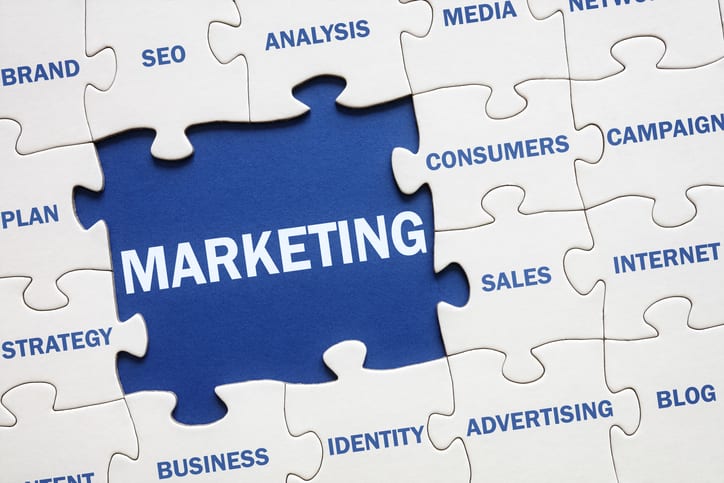
The Best Strategies for Website Engagement in 2021
The way people engage with businesses tends to evolve over time. At no point has this been more obvious than during the past year as a result of the COVID-19 pandemic. More people were either unemployed or working from home than ever before, resulting in more time being spent online. Because many people have transitioned to work-at-home, there’s a good chance that they will remain there. Because of this, website engagement is as important as ever.
However, this doesn’t mean that you automatically have their attention. You still need to find a way to engage them — and to keep them engaged. This is especially true when you consider that the average person spends no more than 15 seconds on any given website before they leave. With that in mind, the following are a few effective strategies for boosting your website engagement this year:
1. Eliminate Technical Issues
Knowing that the average user is going to have a short attention span, the last thing you’ll want to do is waste their time with technical issues. Technical issues, such as broken links or slow loading times, will frustrate visitors — especially first-time visitors. Most will leave your site a few seconds after encountering a technical problem, and odds are they’ll head straight to the site of a competitor. Make sure that all of your pages load within a few seconds and that there are no broken links.
2. Create Relevant Content
A technically sound website will help prevent visitors from becoming disengaged immediately; however, good content is what will keep them engaged for longer. Do not focus on promotional content. Online users are constantly bombarded with ads wherever they go, which means that if they go to a site that feels like it’s trying too hard to sell something to them, they will leave. Instead, create content that addresses their problems and needs. Good content that educates visitors will build your brand authority and trust as well. As a result, not only are they more likely to stay on your site for longer, they’ll be more likely to come back — and even to share your content on social media.
3. Make Your Content Easy To Read
Even if your content is of high quality, visitors may give up on it if you don’t make it easy for them to read. For instance, if your main page is just a wall of text, it will give visitors a headache as they try to read it. You should break your content up using headers, bullet points, numbers, and supplementary visual content. The easier it is for visitors to read your content, the more likely they’ll be to read it through to the end.
4. Optimize Your Website Engagement For Mobile Use
Despite the fact that more people are online from the comfort of their own homes than before, many of them will still be surfing the web via their mobile devices, such as their smartphones or tablets. On top of that, the country has slowly been getting back to normal since the vaccine rollout, meaning more people are leaving their homes with their mobile devices. As such, you need to make sure your website and all of your content is optimized for mobile use. Otherwise, it won’t display properly on smaller screens, making it a pain to navigate. Mobile users won’t stay on websites that aren’t mobile-friendly for very long as a result.

5. Add Video Content
Human beings are visual creatures. As such, they tend to absorb visual information better. While written content is still quite effective, you should also invest in video content. People are more likely to watch through a short video than they are to read through a written blog post. This is especially true for mobile users.
6. Add Social Proof
Adding social proof to your website will create trust in new visitors. Most people will be a touch skeptical when they visit a new website they’ve never been to before. Social proof helps to reinforce your reputation. For example, positive reviews from well-known sources in the industry or social media influencers can help boost your trustworthiness, as can customer reviews or customer testimonials. The more social proof you have on your site, the more at ease visitors will be, making it easier to obtain website engagement.
7. Implement A Chat Feature
A live chat feature or a chatbot can go a long way towards making sure visitors stay engaged while checking out your site. With a chat feature, you can engage visitors the moment they arrive on your site. A chat feature can also help guide visitors by helping them find what they’re looking for, thereby making sure that they don’t leave out of frustration.
Keeping your visitors engaged is essential to making sure you don’t lose any potential leads. The more engaged your visitors are, the better of a chance you’ll have of nurturing them through the sales funnel. As such, be sure to consider implementing these strategies to help improve your website engagement in 2021.














